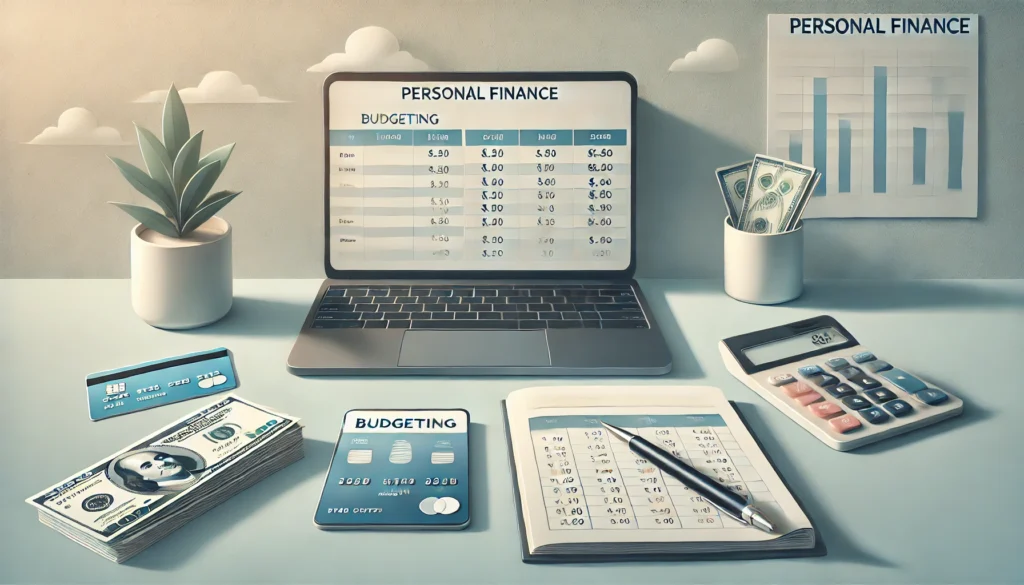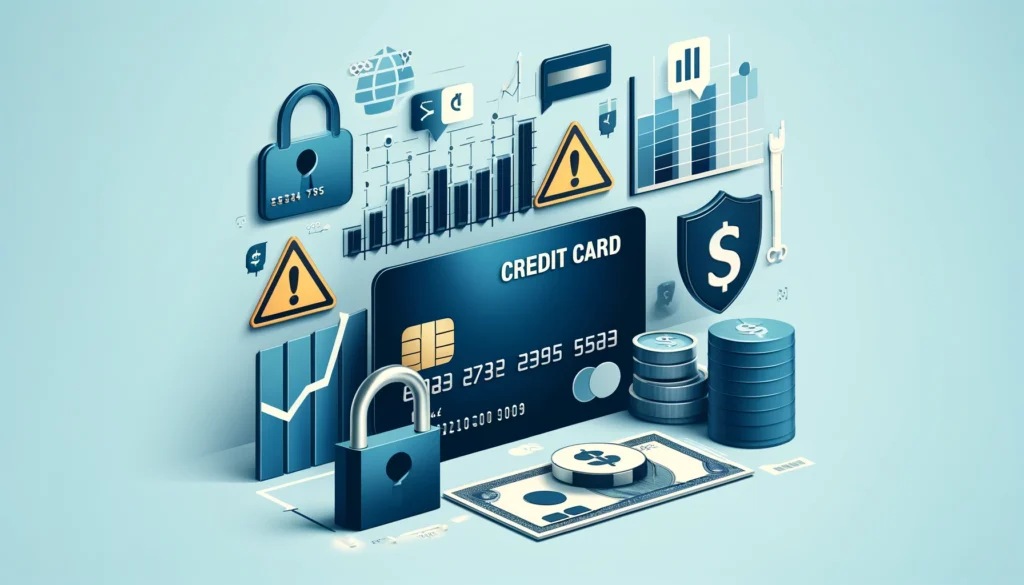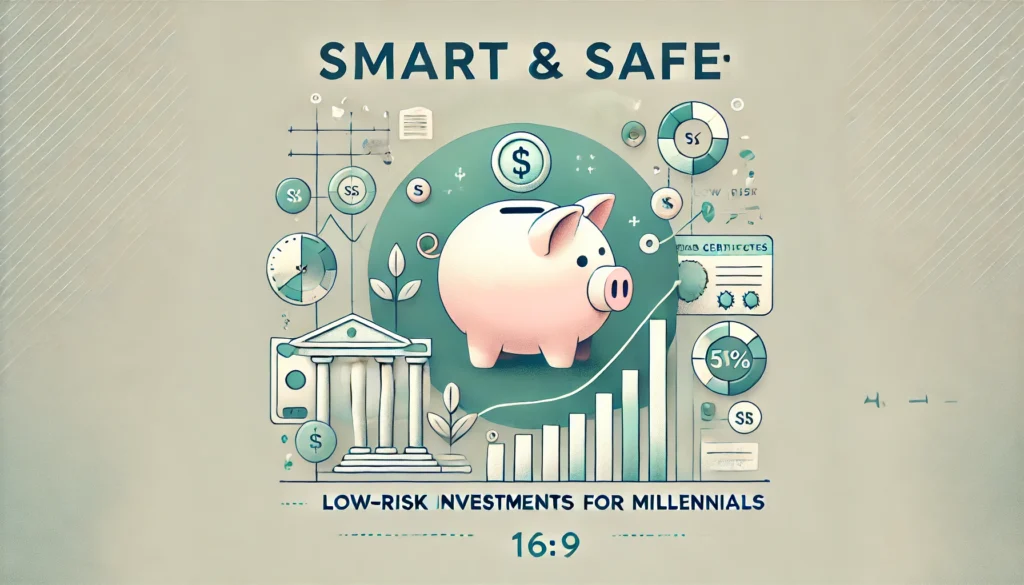Tackle credit card debt with confidence! Learn actionable tips for budgeting, debt payoff methods, and achieving financial independence in this comprehensive guide.
Credit card debt can often feel like an endless uphill battle, leaving many people stressed and discouraged about their financial future. However, with the right strategies, it’s entirely possible to pay off credit card debt faster and move closer to financial independence. In this comprehensive guide, we’ll explore ways to tackle debt head-on, create a sustainable budgeting plan, and ultimately transform your money habits for lasting success.
1. Introduction: Why Tackling Credit Card Debt Matters
Credit cards can be convenient—helpful for emergencies, online shopping, and building credit history. But they can also quickly turn into a trap due to high interest rates, hidden fees, and the ease of spending beyond one’s means. According to industry statistics, the average credit card interest rate globally ranges from 15% to 25%. When balances aren’t paid off monthly, compounding interest increases the amount owed exponentially.
The result? A vicious cycle of making minimum payments without significantly reducing the principal. As balances grow, stress and uncertainty often follow, derailing your financial independence goals. Tackling credit card debt is crucial not only to free up your monthly cash flow, but also to secure a healthier financial future, which gives you the freedom to pursue life goals—buying a home, saving for retirement, or even starting a business.
2. Assessing Your Debt and Setting Clear Goals
Before diving into any debt-payoff strategy, you need a complete understanding of your financial situation.
List Out All Debts
- Credit Card Balances: Gather every statement to know the total amount owed, including interest rates.
- Other Debts: Student loans, car loans, personal loans, etc.
- Outstanding Bills: Utility bills or medical bills that might be delinquent.
Prioritize by Interest Rate and Urgency
- Interest Rate: Start with the highest interest rate debt because it costs you the most in the long run.
- Urgency: If a bill is overdue, give it immediate attention to avoid penalties or negative credit score impacts.
Set Clear, Achievable Goals
- Short-Term Goal: For example, aim to reduce 20% of your total credit card debt in the next 6 months.
- Long-Term Goal: Achieve full financial independence in the next 5–10 years by eliminating credit card debt and other high-interest obligations.
Keep these goals visible—on a vision board, in a budgeting app, or a planner—to maintain motivation.
3. Creating a Realistic Budgeting Strategy
Effective budgeting serves as the foundation for paying off debt. Without a clear view of your income and expenses, it’s challenging to allocate resources correctly.
Track Your Income and Expenses
Use budgeting tools like Mint, YNAB (You Need A Budget), or a simple spreadsheet. Collect data on all income sources (salary, side hustles, freelance work) and every expense (housing, groceries, utilities, entertainment).
Categorize Your Expenses
- Fixed Costs: Rent, mortgage, car payments, insurance premiums.
- Variable Costs: Utilities, groceries, gas.
- Discretionary Spending: Dining out, subscriptions, hobbies.
By analyzing these categories, you can identify where you’re overspending and make adjustments.
Allocate Funds Wisely
- Essential Expenses: Aim to keep your essential expenses (housing, bills, groceries) at around 50–60% of your net income if possible.
- Debt Payments: Dedicate 20–30% of your net income to tackle credit card debt.
- Savings & Emergency Fund: Try to allocate at least 10% to an emergency fund or other savings.
- Personal & Lifestyle: Limit discretionary spending to around 10% to maintain some level of enjoyment and avoid burnout.
A budget that’s too strict can lead to frustration and relapse into overspending. Strive for a balanced approach that supports debt repayment and sustainable lifestyle choices.
4. Choosing a Debt Payoff Method That Works for You
Several proven strategies exist for paying off credit card debt, each with its unique advantages.
Debt Avalanche Method
- Focus: Highest interest rate first.
- Why It Works: Minimizes the total interest paid over time.
- How To Do It: Throw as much money as possible at the highest-interest debt while making minimum payments on other debts. Once the first debt is cleared, move on to the next highest interest debt.
Debt Snowball Method
- Focus: Smallest balance first.
- Why It Works: Builds momentum and motivation by quickly closing accounts.
- How To Do It: Pay the smallest balance first while making minimum payments on other debts. Once the smallest is cleared, direct that payment amount toward the next smallest, creating a “snowball” effect.
Combination Approach
Some individuals benefit from combining elements of both methods—for instance, paying off a few small balances first to build momentum, then switching to targeting the highest-interest debt for maximum long-term savings.
5. Practical Ways to Lower Your Interest Rates
High interest rates are the biggest hurdle in tackling credit card debt. Here’s how you can reduce them:
- Balance Transfer Cards: Many credit card companies offer a 0% introductory APR on balance transfers for 6–18 months. This can significantly reduce the total interest you’ll pay, allowing you to focus on principal reduction.
- Negotiate with Your Card Issuer: Sometimes, a simple phone call can lead to a lower APR, especially if you have a good payment history or high credit score.
- Debt Consolidation Loans: By taking out a personal loan with a lower interest rate, you can consolidate your credit card debt and make a single monthly payment. Be sure to compare rates from multiple lenders.
- Credit Counseling Services: Non-profit credit counseling agencies can help you negotiate lower interest rates or enroll you in a debt management plan.
6. Building a Solid Emergency Fund While Paying Off Debt
It might sound counterintuitive to build savings while paying off credit card debt, but having an emergency fund can prevent you from relying on credit cards during unexpected situations. Even setting aside a small amount each month—like $50 to $100—offers a buffer for car repairs, medical bills, or other emergencies. This safety net helps you avoid further debt, keeping you on track toward financial independence.
How to Balance Savings and Debt Payment
- Pay Yourself First: Automatically transfer a fixed amount into a separate savings account on each payday.
- Use Windfalls Wisely: Allocate bonuses, tax refunds, or monetary gifts strategically—split them between debt reduction and savings.
- Reevaluate Monthly: Adjust your contributions to savings and debt if your financial situation changes (e.g., a raise, loss of income).
7. Real-Life Example: From Credit Card Chaos to Financial Stability
Meet Sarah, a 34-year-old marketing manager burdened by $15,000 in credit card debt spread across four cards. The combined interest rates hovered around 20%, and she could only afford minimum payments due to her lifestyle costs.
- Assessment: Sarah tallied her debts, realized she was paying nearly $200 monthly just in interest.
- Budget Overhaul: She tracked her expenses and trimmed her dining-out budget by 50%, canceled unused subscriptions, and started meal planning to cut groceries by 20%.
- Debt Payoff Strategy: Sarah used the debt avalanche method, focusing on her highest-rate card first. She made aggressive payments—around $500 monthly—toward that card.
- Interest Reduction: Sarah obtained a balance transfer card with a 0% APR for 12 months, shifting $5,000 from her highest interest card.
- Result: Within 14 months, Sarah eliminated her entire credit card balance. She continued to channel her previous debt payments into savings and investments, accelerating her path toward financial independence.
8. Mindset Shifts to Sustain Momentum
Paying off debt is as much about mindset as it is about math. Here are some perspective changes that can help you stay motivated:
- View Debt as a Challenge, Not a Life Sentence: Embracing a positive outlook can reduce stress and help you maintain discipline.
- Celebrate Small Wins: Every payment above the minimum is progress. Acknowledge these achievements to build confidence.
- Surround Yourself with Support: Join online communities or find a friend who shares similar goals. Accountability can be a powerful motivator.
- Keep Learning: Stay updated with personal finance blogs (like Wise Wallet Tips), podcasts, and books to reinforce good money habits.
9. Conclusion & Call-to-Action
Tackling credit card debt doesn’t have to be an overwhelming journey. By setting clear goals, implementing a solid budgeting strategy, and choosing the right payoff method, you can systematically reduce your balances and break free from the cycle of high-interest payments. Remember to explore opportunities to lower your interest rates and build an emergency fund to avoid falling back into debt.
Are you ready to take the next step? Start by evaluating your current debt situation. Spend time this week creating or refining your budget, then pick a debt payoff strategy that suits your unique personality and financial status. If you need extra guidance, consider enlisting the help of a financial advisor or a reputable credit counseling service.
You have the power to reclaim control over your finances and set yourself on a path toward financial independence. Get started today and experience the peace of mind that comes with a debt-free lifestyle.
Final Thoughts
Your journey to eliminate credit card debt and reach financial independence is not merely about numbers—it’s a transformative process that can change the way you view money and personal responsibility. Stay committed, track your progress, and celebrate every milestone. With the right mix of determination, budgeting discipline, and strategic debt management, you can absolutely conquer your debt and build the financial future you deserve.
Disclaimer: The information provided in this article is intended for educational purposes and does not constitute financial advice. Always consult with a professional financial advisor for advice tailored to your unique situation.



